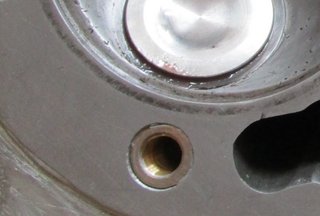worntorn
VIP MEMBER
- Joined
- Dec 22, 2006
- Messages
- 7,957
I found those AN studs a bit short as well, although the originals on hand here were about the same.
 www.accessnorton.com
www.accessnorton.com
Head studs
I needed to make some special head studs to fit the alloy 920 barrel. The barrels require a longer stud but the stud must be reduced from 3/8 to 5/16" and fitted with the small diameter type 5/16" nuts. The length is needed because the cylinder is different than the stock item. The reduction in...



